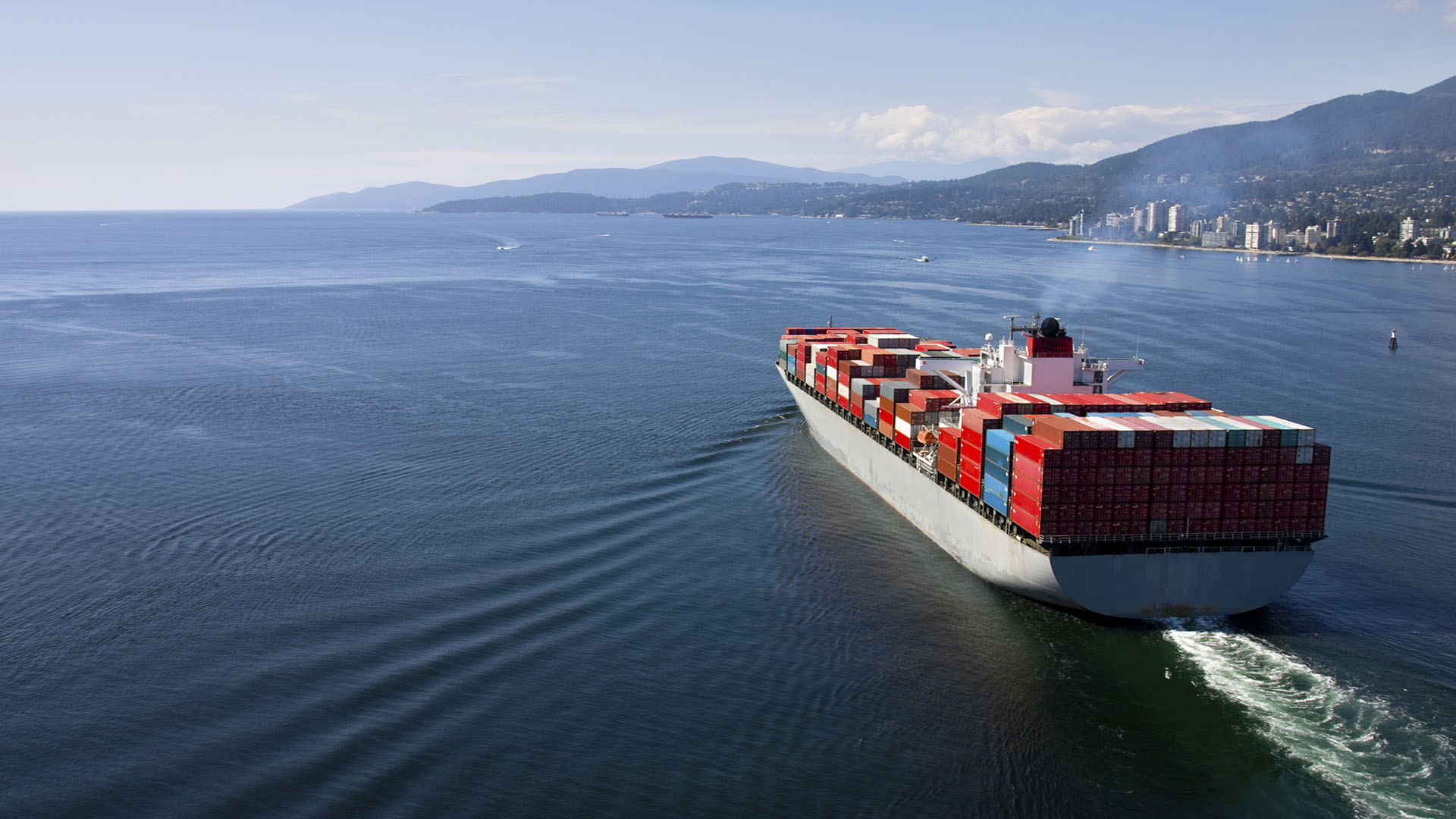
Update: U.S. Port Fees on Chinese-Built Vessels – Fee Structure and Implementation Timeline
USTR Notice of Action on Chinese Vessels – Fee Structure and Implementation Timeline
The USTR has now issued its long-anticipated notice of action. Below are the key points relevant for immediate awareness and response:
Delayed Implementation Period
The new fee structure will not take immediate effect. For the first 180 days following implementation, the applicable fees are set at US$0. This effectively acts as a transition period, likely intended to provide stakeholders with time to adjust operationally and administratively.
Fee Structure Post-Implementation
Following the initial 180-day period, fees will be levied on the basis of net tonnage per U.S. voyage, and will increase incrementally over several years. These fees apply to two distinct categories:
- Owners and operators of Chinese vessels, based on net tonnage per U.S. voyage;
- Operators of Chinese-built vessels, calculated either by net tonnage or by the number of containers, depending on the vessel type.
The implementation timeline for these fees is as follows:
- Effective 17 April 2025 – Fee remains US$0 per net ton (beginning of grace period).
- Effective 14 October 2025 – Fee increases to US$18 per net ton.
- Effective 17 April 2026 – Fee increases to US$23 per net ton.
- Effective 17 April 2027 – Fee increases to US$28 per net ton.
- Effective 17 April 2028 – Fee increases to US$33 per net ton.
These phased increases suggest a deliberate strategy to ramp up economic pressure gradually, while allowing the industry to adapt over time.
No Fleet-Wide Fee (At This Time)
Notably, the USTR has opted not to impose any fleet-wide fee. According to the notice, this decision was based on public feedback and recommendations from the Section 301 Committee. As such, fleet composition alone will not trigger any blanket fees under the current framework.